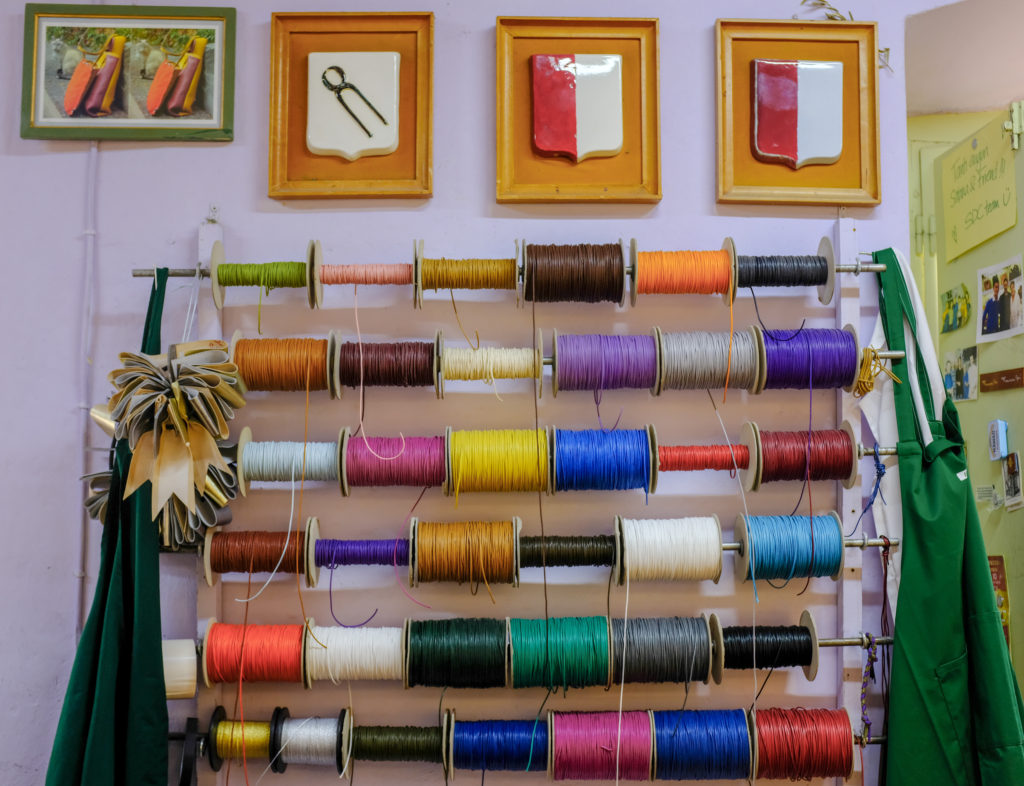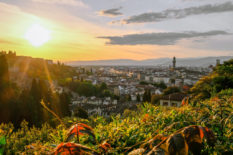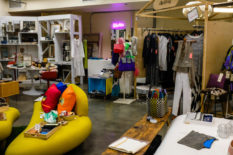Small Businesses

One of our favorite things to do is finding a new neighborhood and wandering its streets, weaving in and out of the stores. We love supporting small businesses and understanding what it means to be local. Most often, we buy things when we feel connected to the experience we had around it; the item we purchase is a representation of the memory we had. We'll buy wine if we had a really great conversation with the shopkeeper, or a notebook because we loved the colorful spirit of the stationery store. For us, the transaction is focused on connecting with what a store is about: What do they create or curate? Why did they want to share it with the world?
Oftentimes, when shopping online, that essence is lost, traded for convenience. Behind your screen, it’s easy to get sucked down a rabbit hole of Internet ratings, online deals, or blog reviews—and by the time you finally decide what to purchase, you’re likely left exhausted or insecure knowing that there were other options on the table.
In contrast, we love brick-and-mortar stores because of all the sensory details that contribute to visual storytelling: touching and feeling things, not just analyzing based on photographs and data. Stores are a staple of daily life, and life isn’t always about convenience. In the best retail spaces, you can encounter people and experience a feeling of discovery, based on serendipity more than algorithms.
Perhaps that’s why many brands that started online—like Reformation, Allbirds, Casper, Warby Parker, and Glossier— have created storefronts. They want that sense of community and connection with their customers, beyond the screens. We were also surprised to find online publications that went into retail, from Time Out Magazine’s editorially-curated food market in Portugal to Monocle’s cafes.
Here are some of our favorite stores that we've encountered during our travels: and what we can learn from them about the future of retail. How do small businesses define themselves, and how can we support them more?



